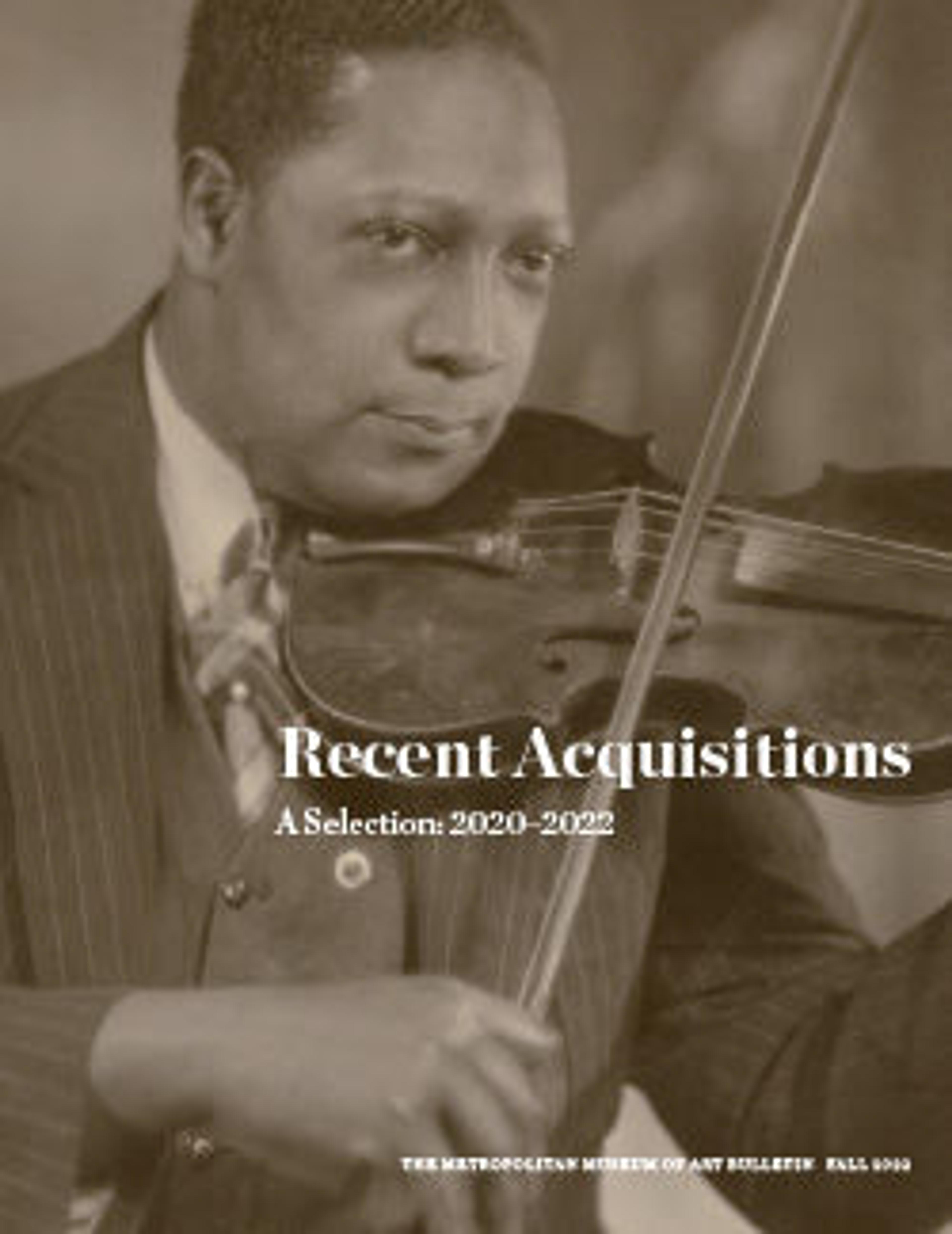Ancient Ritual Bronzes
This embroidered screen illustrates archaic Chinese bronzes, symbols of Confucian ideals. The images and texts depict ritual bronze vessels in the Jin shi suo, a late nineteenth-century Qing compendium that circulated throughout Asia.The screen and books represent an intersection of various media: three-dimensional bronzes depicted pictorially and textually in two-dimensions.This screen would be placed behind the offering table during rituals, as a form of bodily connection and mediation with the ancestors.
Embroidered screens were produced in greater number in the late Joseon period. The quality of materials and skillful execution indicate that this screen was likely produced by court workshops.
Embroidered screens were produced in greater number in the late Joseon period. The quality of materials and skillful execution indicate that this screen was likely produced by court workshops.
Artwork Details
- 준이종정도 자수 병풍 조선
- 尊彛鐘鼎圖 刺繡 屛風 朝鮮
- Title:Ancient Ritual Bronzes
- Period:Joseon dynasty (1392–1910)
- Date:late 19th century
- Culture:Korea
- Medium:Ten-panel folding screen; gold silk embroidery on indigo satin
- Dimensions:Open: 84 1/4 in. × 15 ft. 11 in. (214 × 485.1 cm)
Closed: 84 1/4 × 19 1/2 × 5 1/4 in. (214 × 49.5 × 13.3 cm) - Classification:Textiles-Embroidered
- Credit Line:Purchase, Michael and Kathleen Linburn Gift, and Mrs.Tsuruko Kang Shin and Ms. Rika Shin Gift, in memory of their husband and father, Gisu Shin, 2021
- Object Number:2021.400
- Curatorial Department: Asian Art
More Artwork
Research Resources
The Met provides unparalleled resources for research and welcomes an international community of students and scholars. The Met's Open Access API is where creators and researchers can connect to the The Met collection. Open Access data and public domain images are available for unrestricted commercial and noncommercial use without permission or fee.
To request images under copyright and other restrictions, please use this Image Request form.
Feedback
We continue to research and examine historical and cultural context for objects in The Met collection. If you have comments or questions about this object record, please contact us using the form below. The Museum looks forward to receiving your comments.
